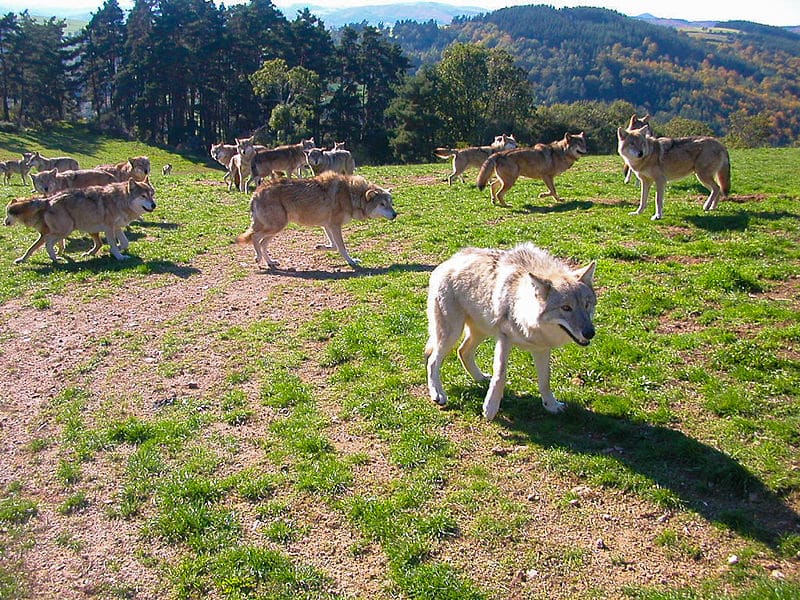Ancient “Woolly” Wolf Spotted in Nepal May Be a New Species
OutdoorHub Reporters 04.29.16

The Himalayan wolf was first catalogued by scientists nearly 200 years ago, and many have suspected the species to be among the oldest of wolves. However, it was only recently that scientists discovered that the Himalayan wolf, or “woolly” wolf, may not actually be an old subspecies of the gray wolf at all. Instead, it may be something else entirely.
According to a study recently published in the journal ZooKeys, a team of international scientists concluded that the woolly wolf diverged from gray wolves a long time ago. Using scat samples from six specimens that have ventured into Nepal, researchers found that the animal’s DNA set it far apart from modern wolves—and even domestic dogs. This is particularly surprising since the Himalayan wolf was considered one of the most likely candidates for the ancestor of the human-tamed canines. It is now suspected that dogs actually came from an extinct species of wolves during the Pleistocene era.
Woolly wolves may be ancient, but on the surface, they look very similar to gray wolves. On average woolly wolves are smaller, lighter, have thicker hair and longer muzzles, but are otherwise visually comparable to modern wolves. However, after researchers sequenced the whole of the wolf’s genome, it was discovered that the woolly wolf is actually the most divergent of all wolf species. What that means is that quite frankly, the woolly wolf is a snapshot of wolf evolution that no longer exists.
Unfortunately, due to the decline of the already small woolly wolf population, they may not exist much longer either. Researchers are now encouraging additional conservation efforts for the places in Tibet, India, and Nepal where the wolf resides.
“These genetically distinct Himalayan wolves deserve special conservation attention, at the same time that the conservation of this species in a context of human-wildlife conflict is challenging,” the researchers concluded. “A species action plan needs be formulated that develops mechanisms to minimize conflict, and strategies for motivating local communities towards wolf conservation.”
Wooly wolves differ from their more modern equivalents in many ways, including behavior. Unlike gray wolves, Himalayan wolves are more likely to hunt alone or in pairs, as opposed to large packs.

